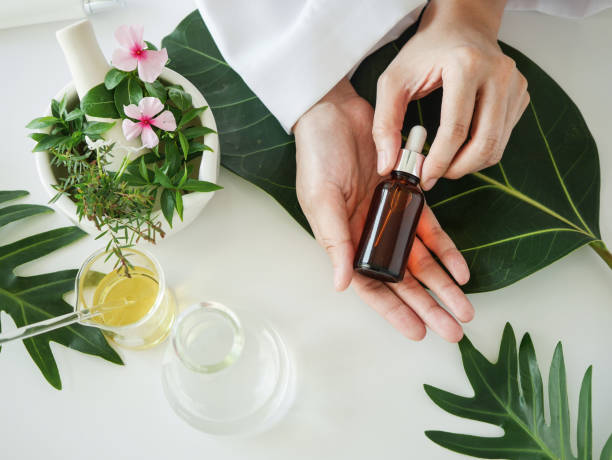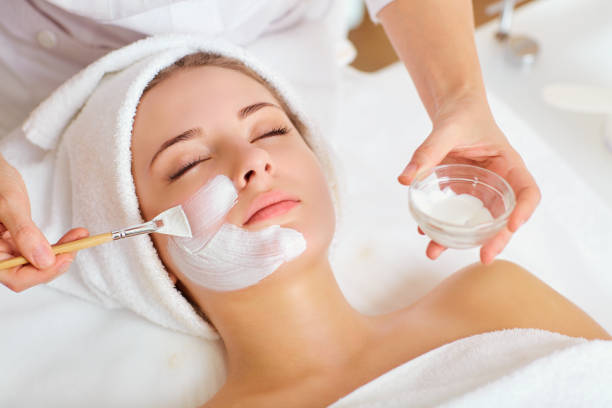Used materials are not recycled.
Start with the most heinous beauty sin: not recycling your empty containers. A tiny action like tossing your cosmetic supplies in the garbage can have a significant impact on our landmines and oceans.
Purchase a dual compartment bin ($70; homedepot.com), which contains an area for recyclables and one for trash, to solve the problem. By doing this, you’ll be reminded to recycle wherever feasible whenever you go to dispose of any trash.
Choosing unsustainable brands.
The world of beauty is filled with uncertainty, particularly when it comes to the origin of products. Brands that advertise being “cruelty-free” may contain misleading fine print, such as ambiguous claims or imprecise labeling procedures.
The answer is to conduct research. Make sure the company is actually anti-animal testing and cruelty-free. The sign of the bounding bunny ensures that none of the items have been subjected to animal testing. Additionally, Sephora offers a green checkmark that designates products devoid of some dubious and undesired compounds. Put down any item containing phthalates, mercury, toluene, lead, or formaldehyde as these substances are among the most harmful to the environment.
Every day, you use disposable makeup wipes.
Despite how helpful single-use makeup wipes are, cotton used to make makeup remover pads and buds is not biodegradable and does not decompose readily, resulting in an excessive amount of rubbish building up in our landfills. What’s worse is that some are actually wrapped in plastic individually, which doubles the amount of garbage generated.


